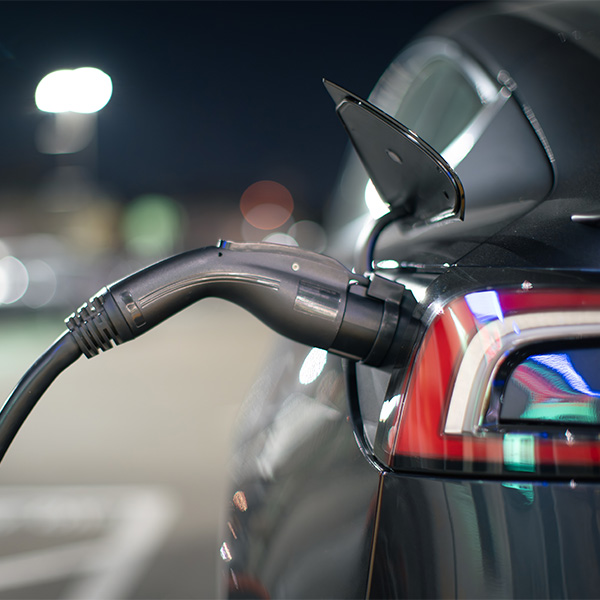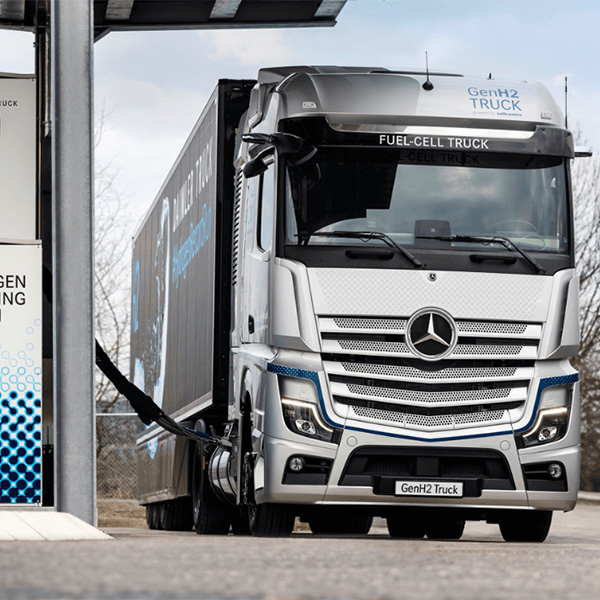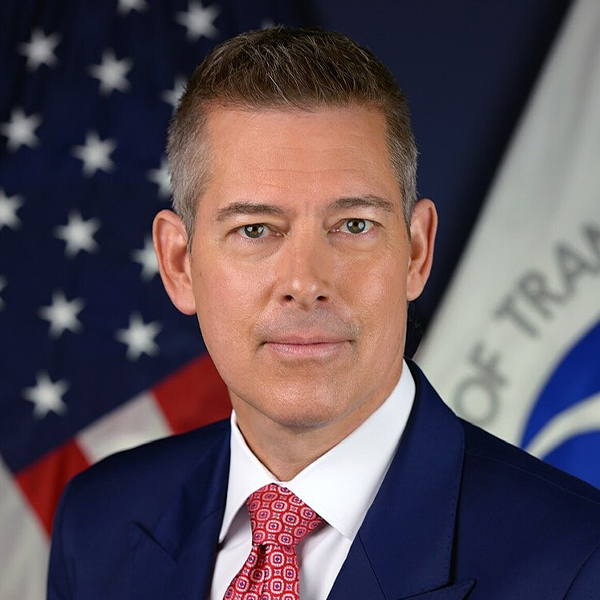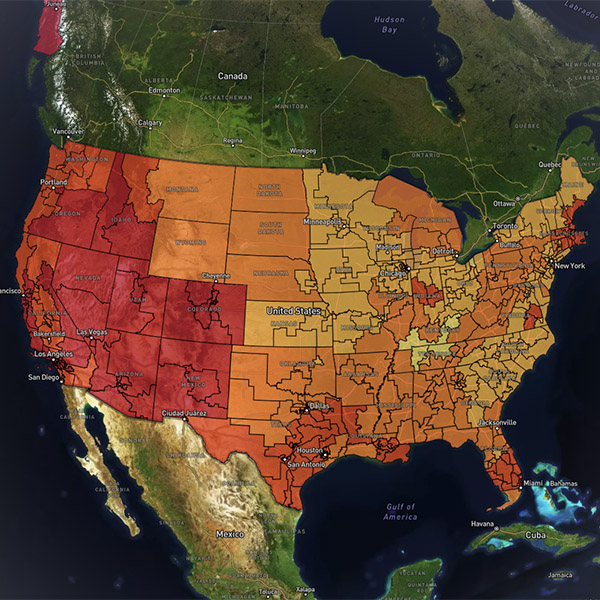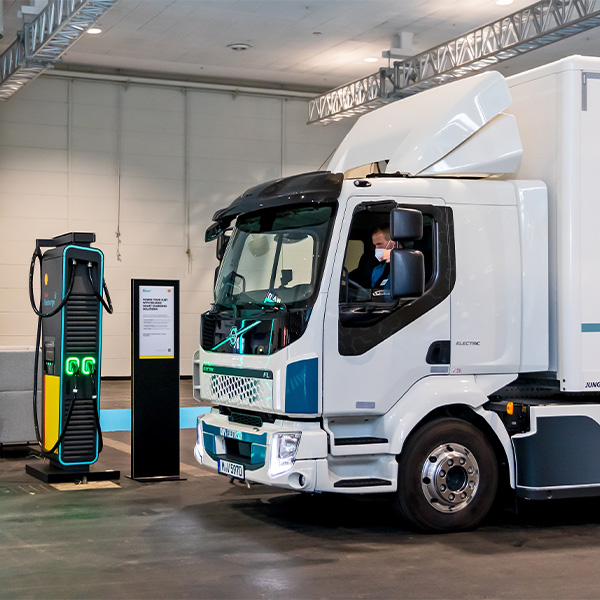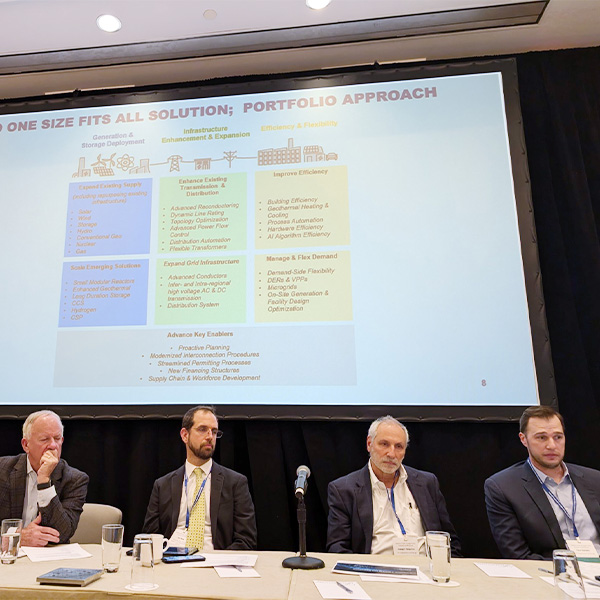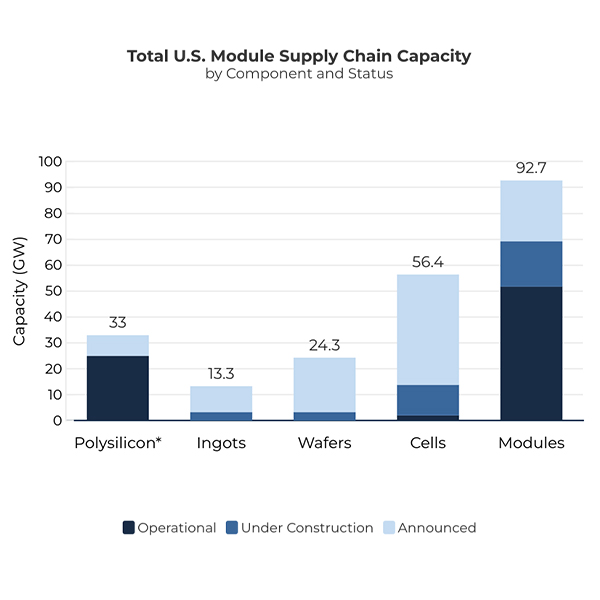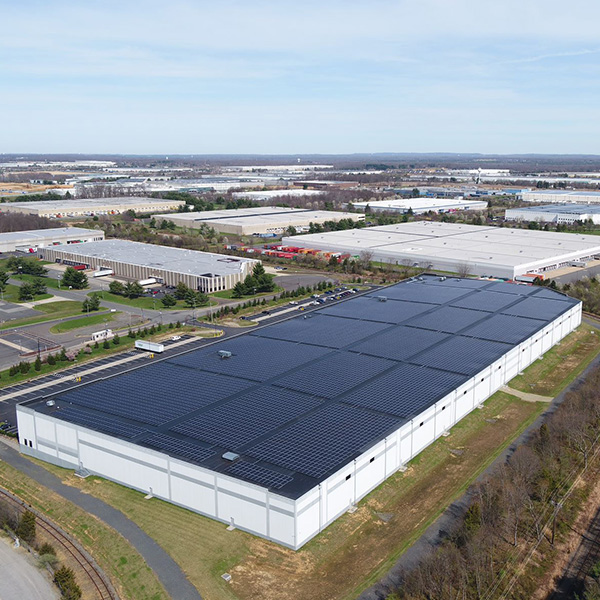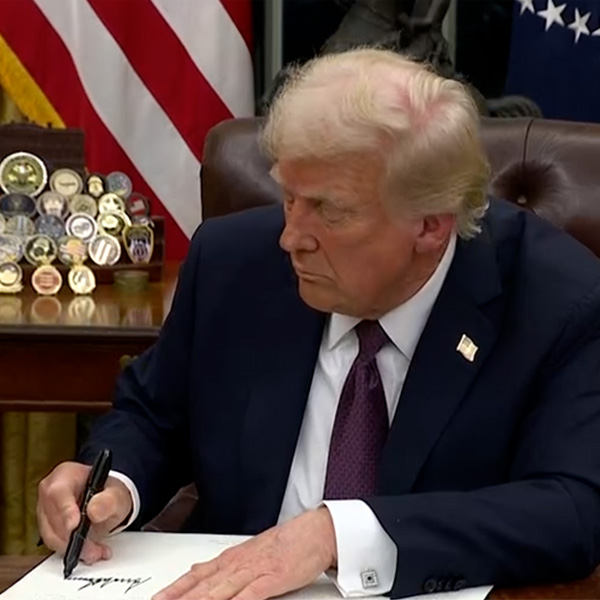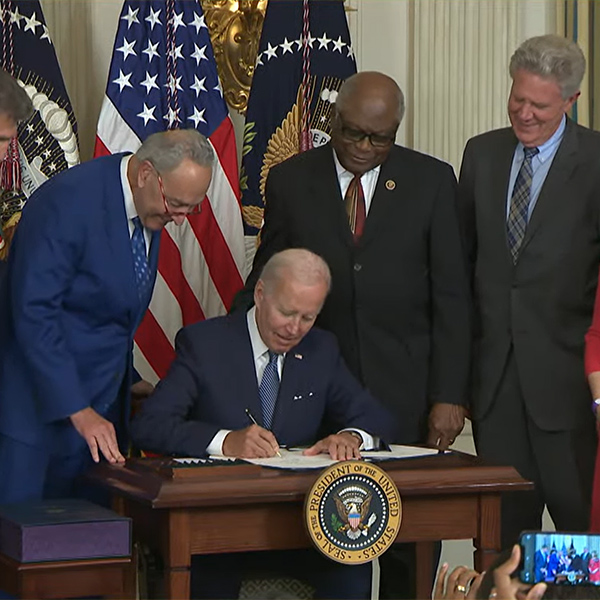Infrastructure Investment and Jobs Act (IIJA)
A coalition of 17 states alleges that President Donald Trump’s administration is withholding billions of dollars in congressionally approved funds meant for the expansion of electric vehicle charging infrastructure.
New Jersey is investing up to $13 million in a pilot project to put six hydrogen fueled trucks to work in the Port of New York and New Jersey.
The rescinded memo specifically recognized states’ authority to “determine which of their projects shall be federally funded by federal-aid highway formula dollars.”
Speakers at an event promoting the use of geothermal energy discussed the technology's potential future.
Despite federal funding uncertainties, West Coast state officials said they’re moving forward with plans for a tri-state truck charging network that was previously awarded $102 million from the Federal Highway Administration.
The U.S. electric power industry faces unprecedented challenges from the size, pace and impacts of demand growth and should look to new approaches for possible solutions, according to speakers at NASEO’s Energy Policy Outlook Conference.
The U.S. has enough solar panel manufacturing capacity to produce more than 51 GW of panels per year, with another 17.5 GW under construction and 23.5 GW of additional capacity announced.
D.C. District Court Judge Loren AliKhan issued a temporary restraining order on OMB from pausing all federal grants and loans.
While Trump's order calls for “a reliable, diversified and affordable supply of energy,” it omits any mention of solar, wind or storage and makes only passing reference to transmission as part of its definition of generation.
As they prepare to leave office, Biden administration officials remain confident that IRA funds already committed by DOE will be impossible to claw back by the incoming Trump administration.
Want more? Advanced Search
